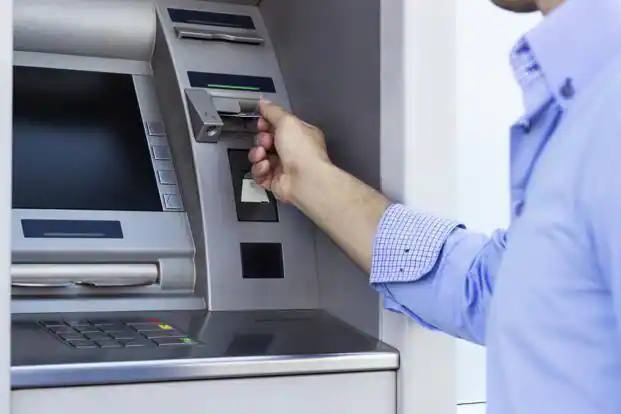Understanding ATM Withdrawal Limits: How Much Can You Take Out?

ATM withdrawal limits can impact your ability to access cash quickly. Knowing how much can you withdraw from an ATM is essential for managing your finances effectively. This article explores the details of ATM withdrawal limits and how they affect you.
What Are ATM Withdrawal Limits?
ATM withdrawal limits are the maximum amount of money you can take out from an ATM in a single transaction or within a day. Banks set these limits to manage cash flow and prevent fraud. These limits can vary depending on the bank and your account type.
Understanding these limits can help you plan your withdrawals better. If you need a large amount of cash, knowing your limit can save you from multiple trips to the ATM and avoid fees associated with exceeding it.
Why Do Banks Set Limits?
Banks set ATM withdrawal limits for several reasons. One main reason is to ensure that ATMs always have enough cash for customers. If everyone withdrew large amounts of cash, ATMs could run out quickly, causing inconvenience.
Another reason is security. Limiting the amount of cash you can withdraw helps protect your account from fraud. If your card is stolen, the thief can only take a limited amount of money, reducing the potential loss you could face.
Typical ATM Withdrawal Limits
Typical ATM withdrawal limits range from $300 to $1,000 per day. The exact limit depends on your bank and account type. Some premium accounts may have higher limits, while basic accounts might have lower limits.
It’s important to check with your bank to know your specific limit. You can usually find this information online, in your account details, or by contacting customer service. Knowing your limit can help you manage your cash needs better.
How to Increase Your Limit
If your ATM withdrawal limit is too low, you can request an increase. Many banks allow you to increase your limit temporarily or permanently. You may need to provide a reason for the increase, such as traveling or making a large purchase.
Contact your bank’s customer service to request an increase. They will guide you through the process and let you know if additional information is needed. Increasing your limit can provide more flexibility and convenience.
Alternatives to ATMs
Consider alternative options if you need more cash than your ATM limit allows. You can visit your bank branch to withdraw larger amounts. This option is useful for planned large expenses, such as rent or medical bills.
Another option is cashback at stores. Many stores offer cashback when you make a purchase with your debit card, allowing you to get additional cash without visiting an ATM. These alternatives can help you access the cash you need conveniently.
Planning Your Withdrawals
Planning your withdrawals can help you avoid running into your ATM limit. If you know you’ll need a large amount of cash, try to spread your withdrawals over several days. This can prevent you from hitting your daily limit and facing any inconvenience.
Keeping track of your withdrawals can also help you manage your limit better. Record your transactions using a notebook or a financial app. This can help you stay within your limit and avoid any unexpected issues.
SoFi states, “If you regularly need cash, you may want to find out your bank’s daily ATM withdrawal limits and plan ahead. Or, you can work around the maximums in place and get cash from other sources.”
Understanding ATM withdrawal limits is crucial for managing your finances effectively. By knowing your limits, why banks set them, and how to work around them, you can always have access to the cash you need. Whether planning a large purchase or needing extra cash for daily expenses, being aware of your options can make a big difference. Plan your withdrawals wisely and explore alternatives to maximize your available funds.



